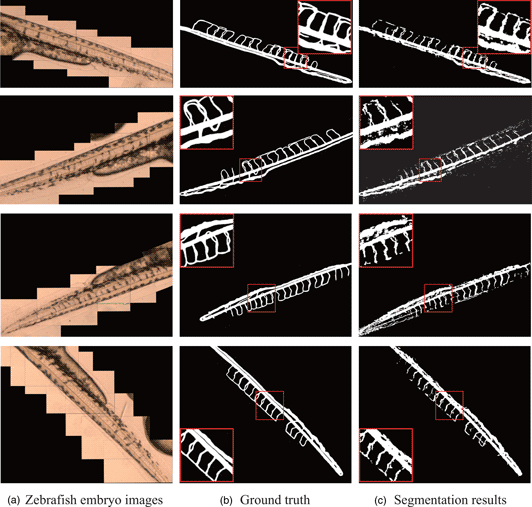Article contents
A Machine Learning Method for Automated In Vivo Transparent Vessel Segmentation and Identification Based on Blood Flow Characteristics
Published online by Cambridge University Press: 07 April 2022
Abstract

In vivo transparent vessel segmentation is important to life science research. However, this task remains very challenging because of the fuzzy edges and the barely noticeable tubular characteristics of vessels under a light microscope. In this paper, we present a new machine learning method based on blood flow characteristics to segment the global vascular structure in vivo. Specifically, the videos of blood flow in transparent vessels are used as input. We use the machine learning classifier to classify the vessel pixels through the motion features extracted from moving red blood cells and achieve vessel segmentation based on a region-growing algorithm. Moreover, we utilize the moving characteristics of blood flow to distinguish between the types of vessels, including arteries, veins, and capillaries. In the experiments, we evaluate the performance of our method on videos of zebrafish embryos. The experimental results indicate the high accuracy of vessel segmentation, with an average accuracy of 97.98%, which is much more superior than other segmentation or motion-detection algorithms. Our method has good robustness when applied to input videos with various time resolutions, with a minimum of 3.125 fps.
- Type
- Biological Applications
- Information
- Copyright
- Copyright © The Author(s), 2022. Published by Cambridge University Press on behalf of the Microscopy Society of America
References
- 2
- Cited by




